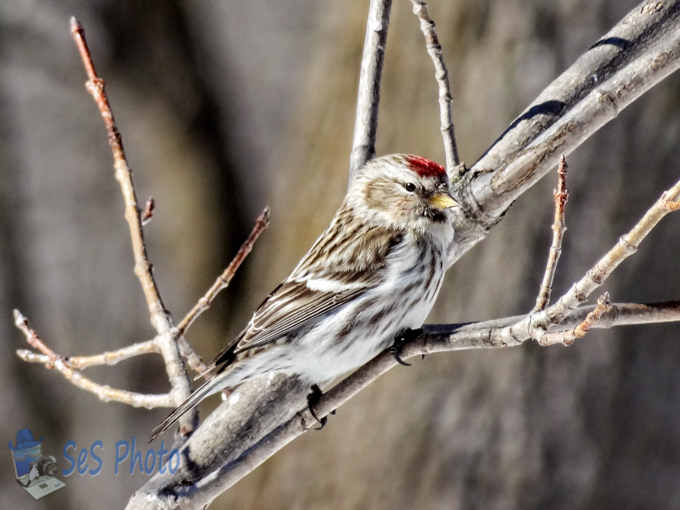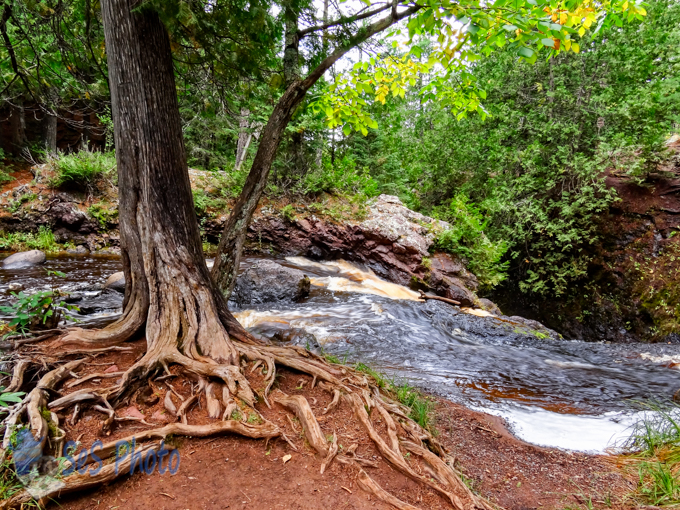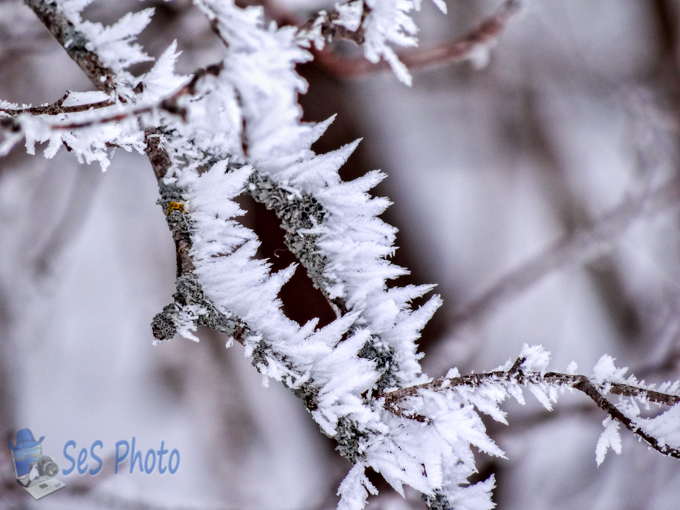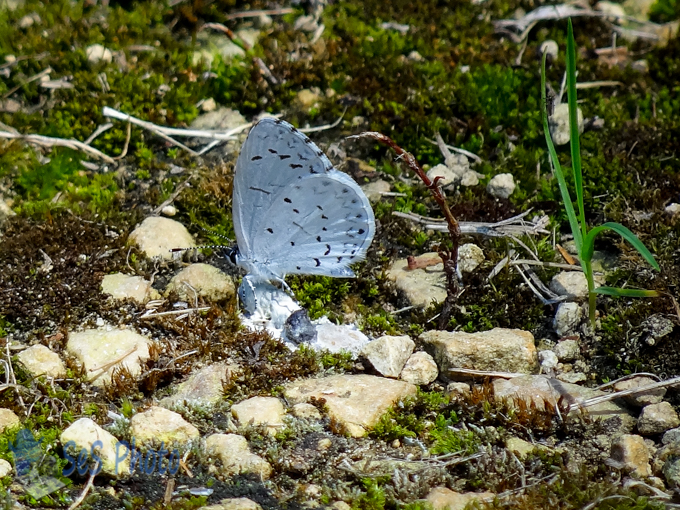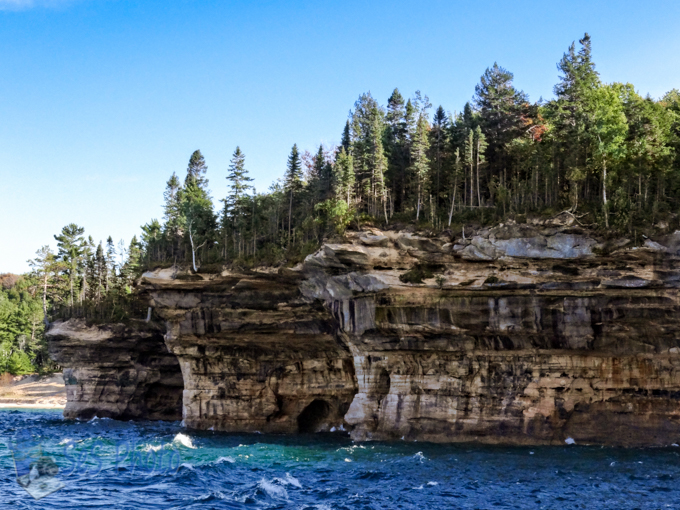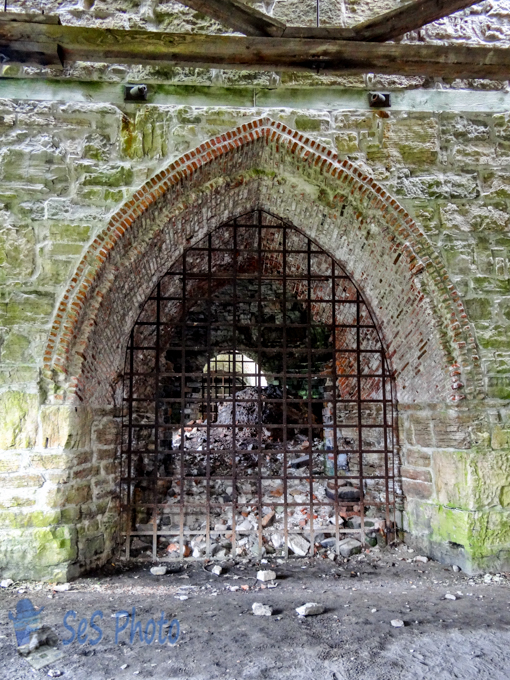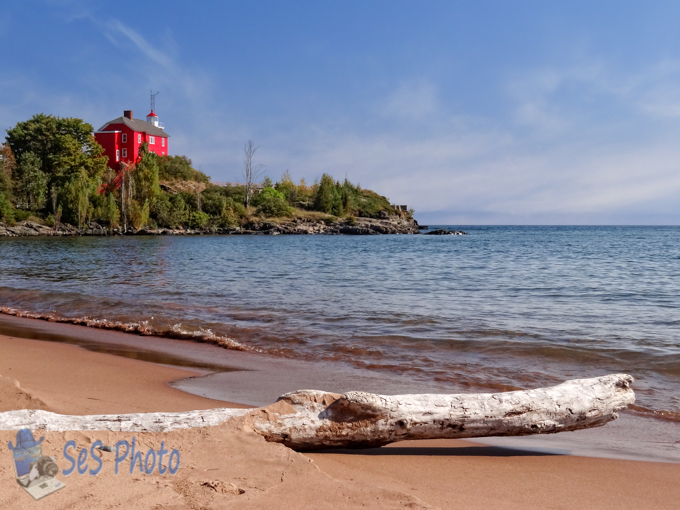The other day I had a lone Redpoll at my bird feeder. Normally they come in a large group but only stay for a short time so I don’t know if this female was on a scouting trip to see where there are feeders and if I will be invaded soon. At the moment, there wouldn’t be room for anymore birds as the finches are stocking up on seeds while it is snowing.
And while a lot of the birds go south for the winter, the Common Redpolls do to, but their southern range is here in the cold winter areas and not the sunny warm areas. Their summer range is on the lands around the Arctic Ocean. Common Redpolls can survive temperatures of –65 degrees Fahrenheit and will tunnel into the snow down four inches and more than a foot long to stay warm during the night.
Common Redpoll


